The 747-300 entered commercial service in 1983, and was the first to integrate the most significant changes of the 747 Classics. These changes included an extended upper deck and improved engines with a reduced fuel burn of 25 percent per passenger. In addition, passenger capacity increased 10 percent by extending the upper deck and relocating the new straight stairway to the rear of the upper deck (prior models had a spiral-shaped staircase in the center of the upper deck). Boeing delivered 81 747-300s in passenger, combi and short-range configurations, the last in 1990.The most visible difference between the -300 and previous models was a stretched upper deck with two new emergency exit doors and an optional flight-crew rest area immediately aft of the flight deck as standard. (The stretched upper deck had previously been offered as a retrofit and first appeared on two Japanese 747-100 SR models.) Compared to the -200, the upper deck is 23 feet 4 inches (7.11 m) longer than the -200. A new straight stairway to the upper deck instead of a spiral staircase is another difference between the -300 and earlier variants.[69] The staircase creates room below and above for more seats. With minor aerodynamic changes, Boeing increased the cruise speed of the -300 to Mach 0.85 from Mach 0.84 on the -100/-200. The -300 features the same takeoff weight. Two of the three engine choices from the -200 were unchanged in the -300, but the General Electric CF6-80C2B1 was offered instead of the CF6-50E2 offered on the -200.The 747-300 name, which was proposed for a variant that was never launched, was revived for this new version, which was introduced in 1980. Swissair ordered the first 747-300 on 11 June 1980. The 747-300 first flew on 5 October 1982. Swissair was the first customer to accept delivery on 23 March 1983.In addition to the passenger version, other versions were available. The 747-300M has cargo capacity in the rear portion of the main deck similar to the -200M, but with
Specifications
General Characteristics
- Predecessor XJ-40-200
- Created On Android
- Wingspan 192.8ft (58.8m)
- Length 214.6ft (65.4m)
- Height 61.4ft (18.7m)
- Empty Weight N/A
- Loaded Weight 126,656lbs (57,450kg)
Performance
- Power/Weight Ratio 2.129
- Wing Loading 19.8lbs/ft2 (96.8kg/m2)
- Wing Area 6,386.4ft2 (593.3m2)
- Drag Points 20194
Parts
- Number of Parts 420
- Control Surfaces 5
- Performance Cost 2,675


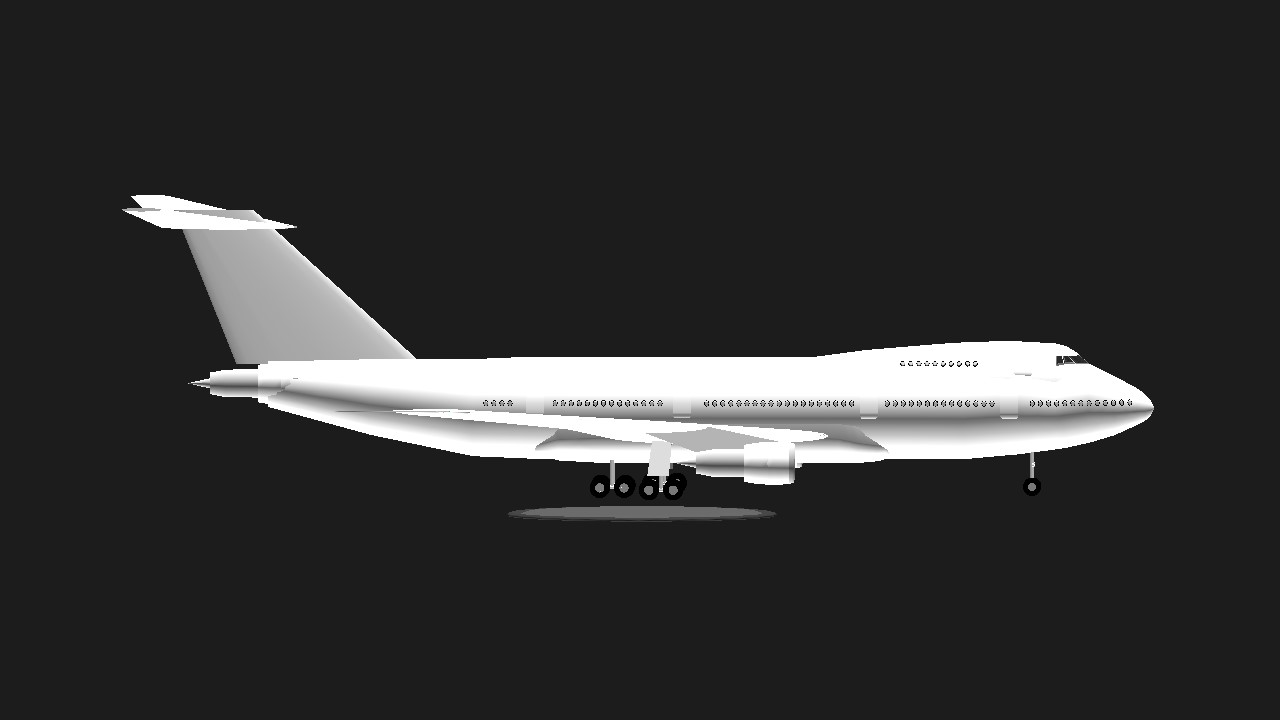
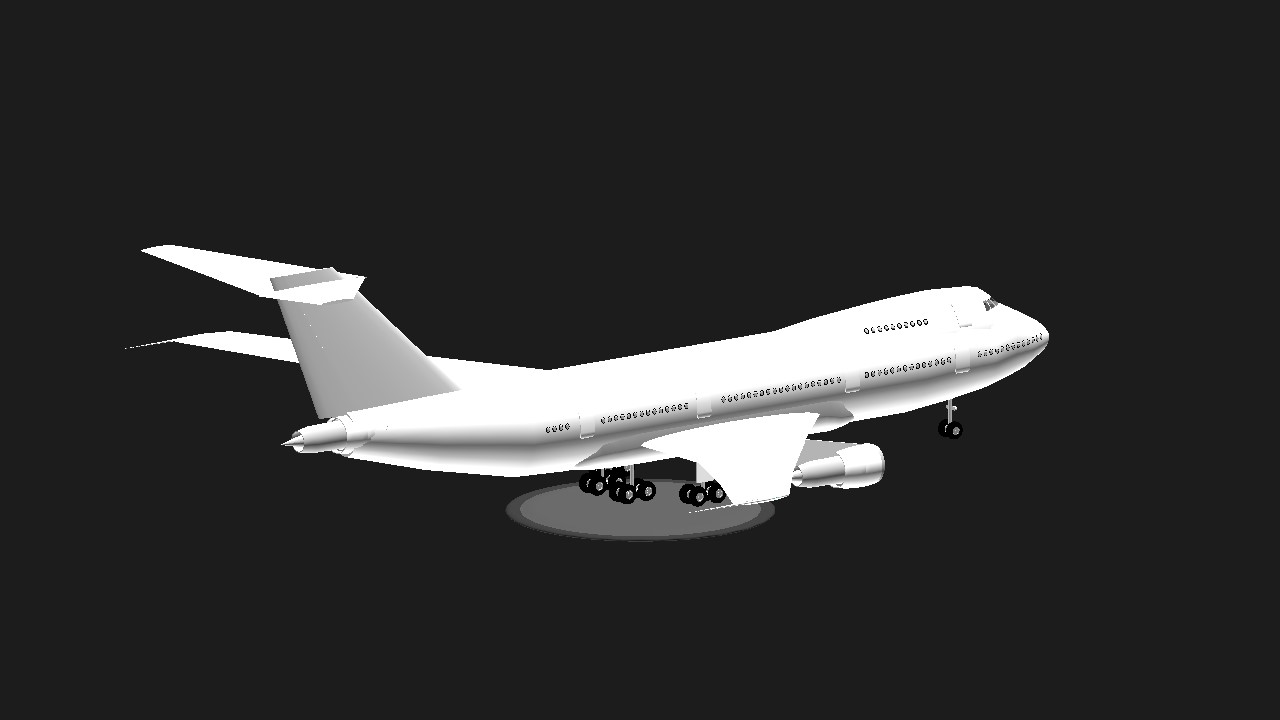
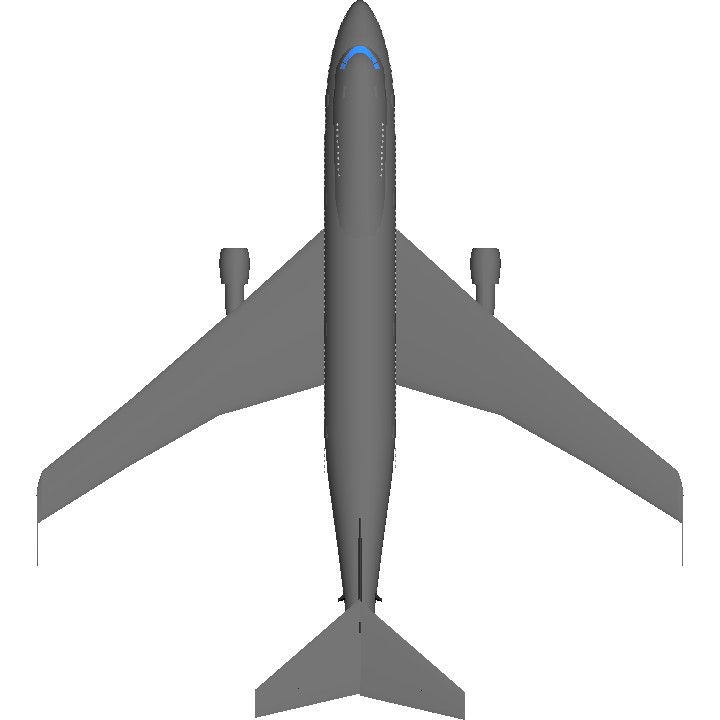
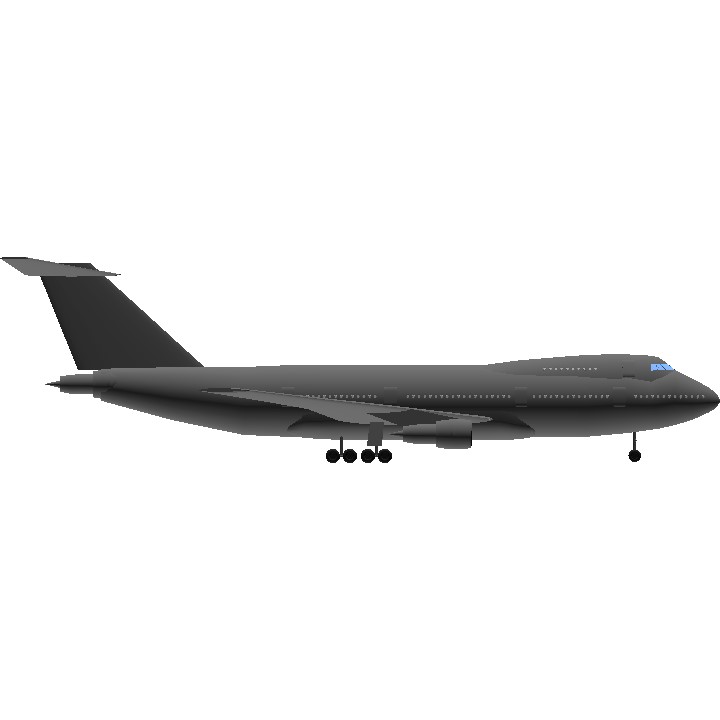
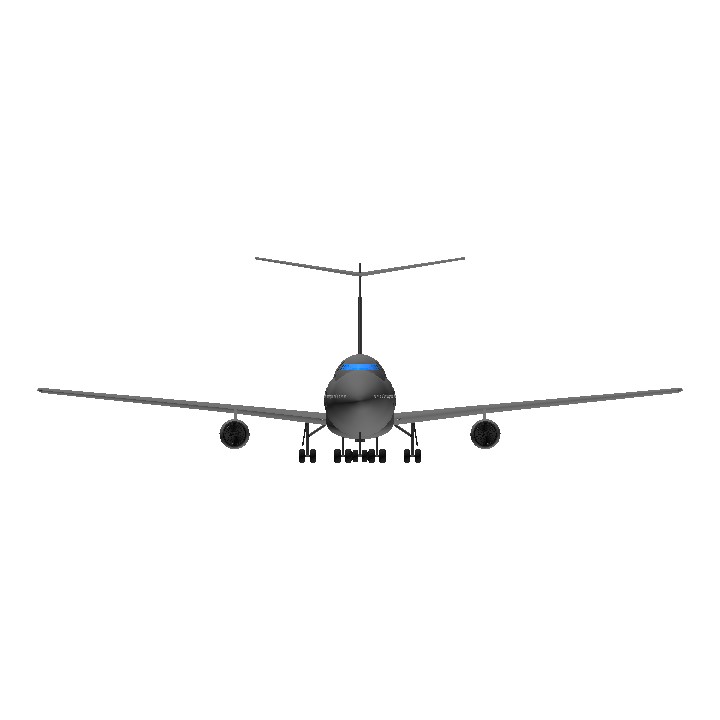
Boeing B747277